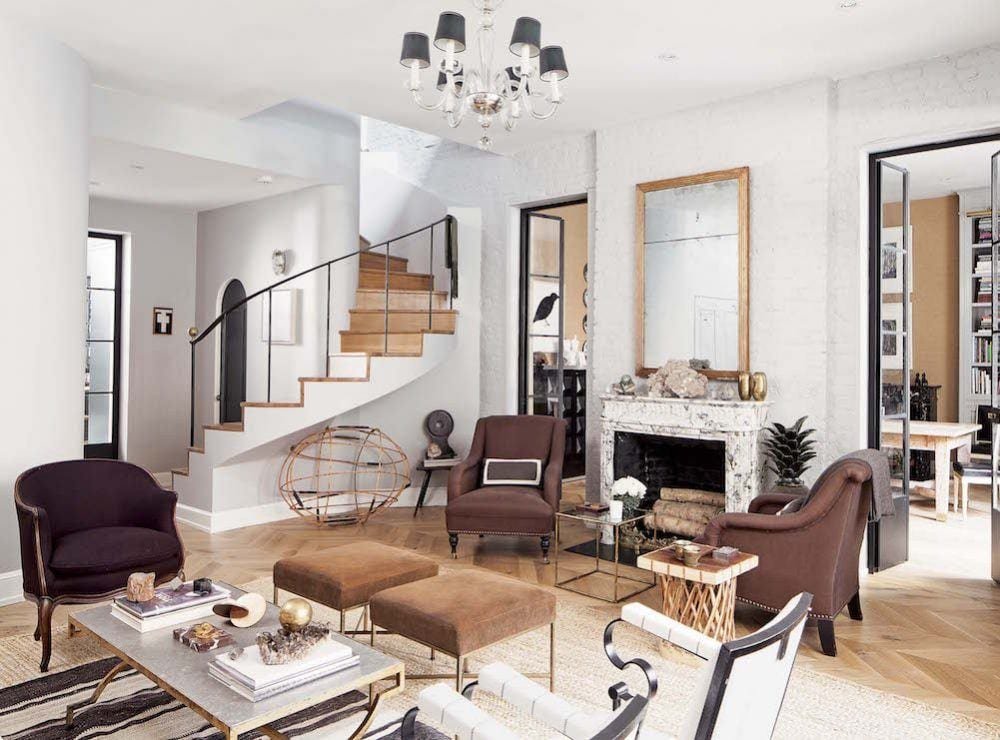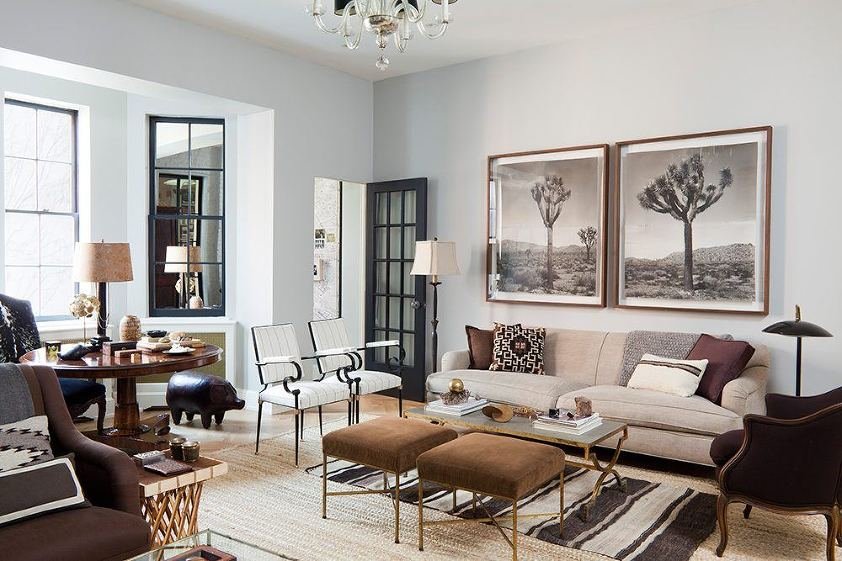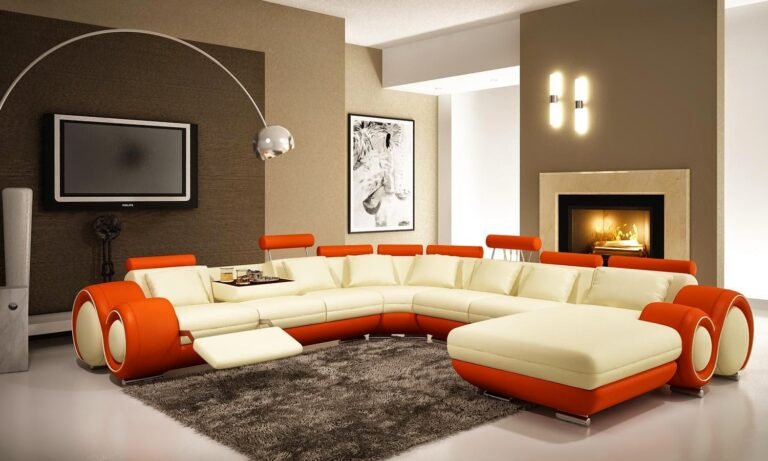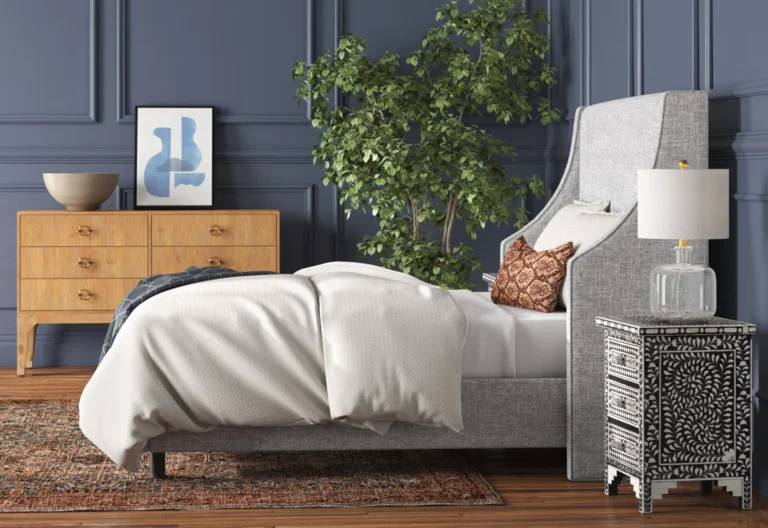
Mixing Modern and Traditional Furniture in Your Space
Blending modern and traditional furniture creates a unique, balanced, and personalized home. This design approach combines the clean lines and minimalism of modern pieces with the warmth and charm of traditional furniture. When done thoughtfully, the result feels cohesive, stylish, and reflective of your personality.
Start with a Neutral Base
A neutral base provides a canvas for mixing different styles. Use muted wall colors, flooring, and rugs to create a consistent backdrop. Neutral tones allow both modern and traditional pieces to stand out without clashing. This approach ensures the room feels harmonious rather than chaotic.
Choose a Dominant Style
Decide which style will take the lead in your room. You can favor modern furniture with traditional accents, or vice versa. For example, a modern sofa paired with a classic wooden coffee table creates balance. Maintaining one dominant style prevents the space from feeling disjointed while allowing complementary elements to shine.
Combine Textures and Materials
Mixing materials adds depth and interest. Pair sleek metals and glass with warm wood tones and rich fabrics. Leather, linen, and natural fibers work well in both modern and traditional furniture. Layering textures ensures a comfortable and inviting environment while highlighting the best qualities of each style.
Use Color to Connect Styles
Repeating key hues across different pieces creates cohesion. For example, a navy modern chair can complement a traditional blue-patterned rug. Consistent color accents tie together seemingly contrasting designs.
Incorporate Statement Pieces
Statement furniture bridges styles and adds personality. A bold, traditional armchair can anchor a modern room, or a contemporary lighting fixture can refresh a classic space. These pieces act as focal points, guiding the eye and creating a balanced visual narrative.

Maintain Balance and Proportion
Pay attention to scale and proportion when mixing furniture. Oversized traditional furniture can overwhelm minimalist pieces, while tiny modern items may feel lost next to ornate classics. Arrange pieces thoughtfully to maintain visual harmony and functional flow.
Add Accessories and Art
Accessories help blend styles naturally. Use artwork, cushions, rugs, and decorative objects to connect modern and traditional elements. For example, a modern abstract painting above a classic wooden sideboard creates a curated, intentional look. Accessories also allow flexibility to update the room over time.
Conclusion
Mixing modern and traditional furniture creates dynamic, personalized spaces that reflect your style. By starting with a neutral base, choosing a dominant style, combining textures, using color wisely, incorporating statement pieces, maintaining balance, and adding thoughtful accessories, you can achieve a harmonious blend. This approach transforms your home into a space that is both stylish and inviting, combining the best of timeless charm and contemporary design.







